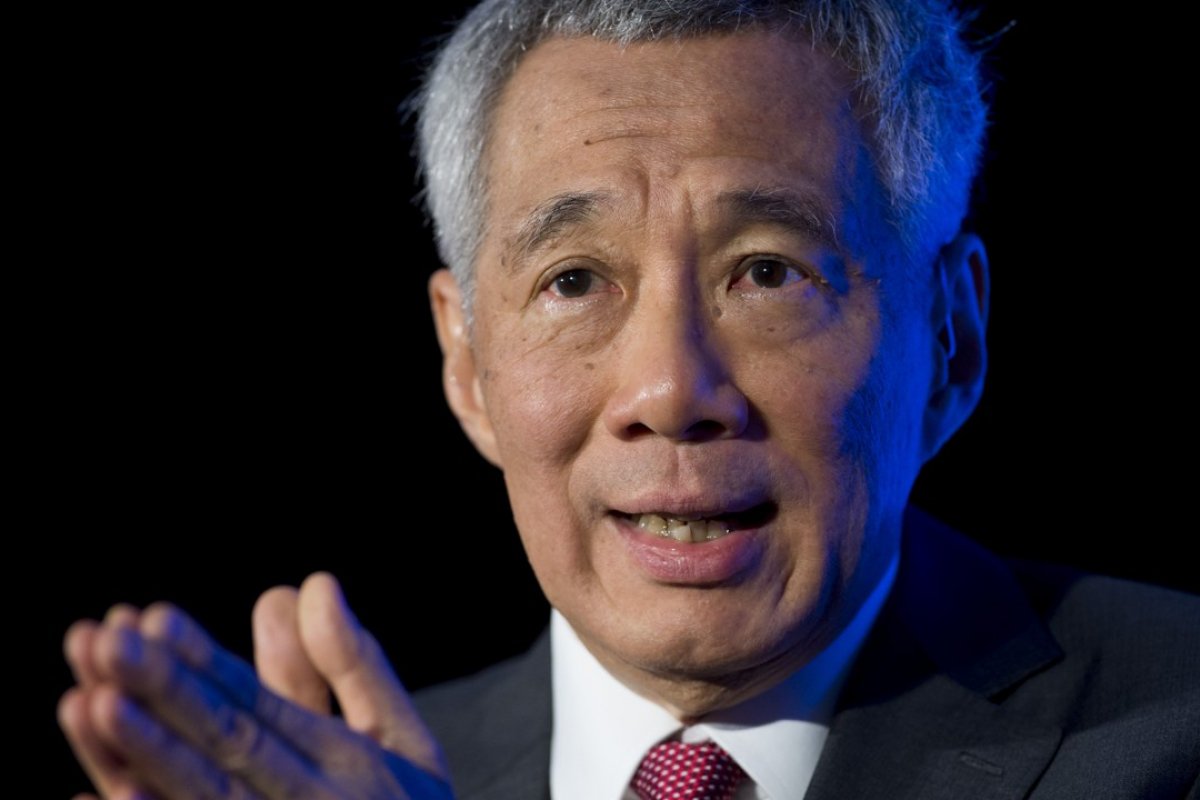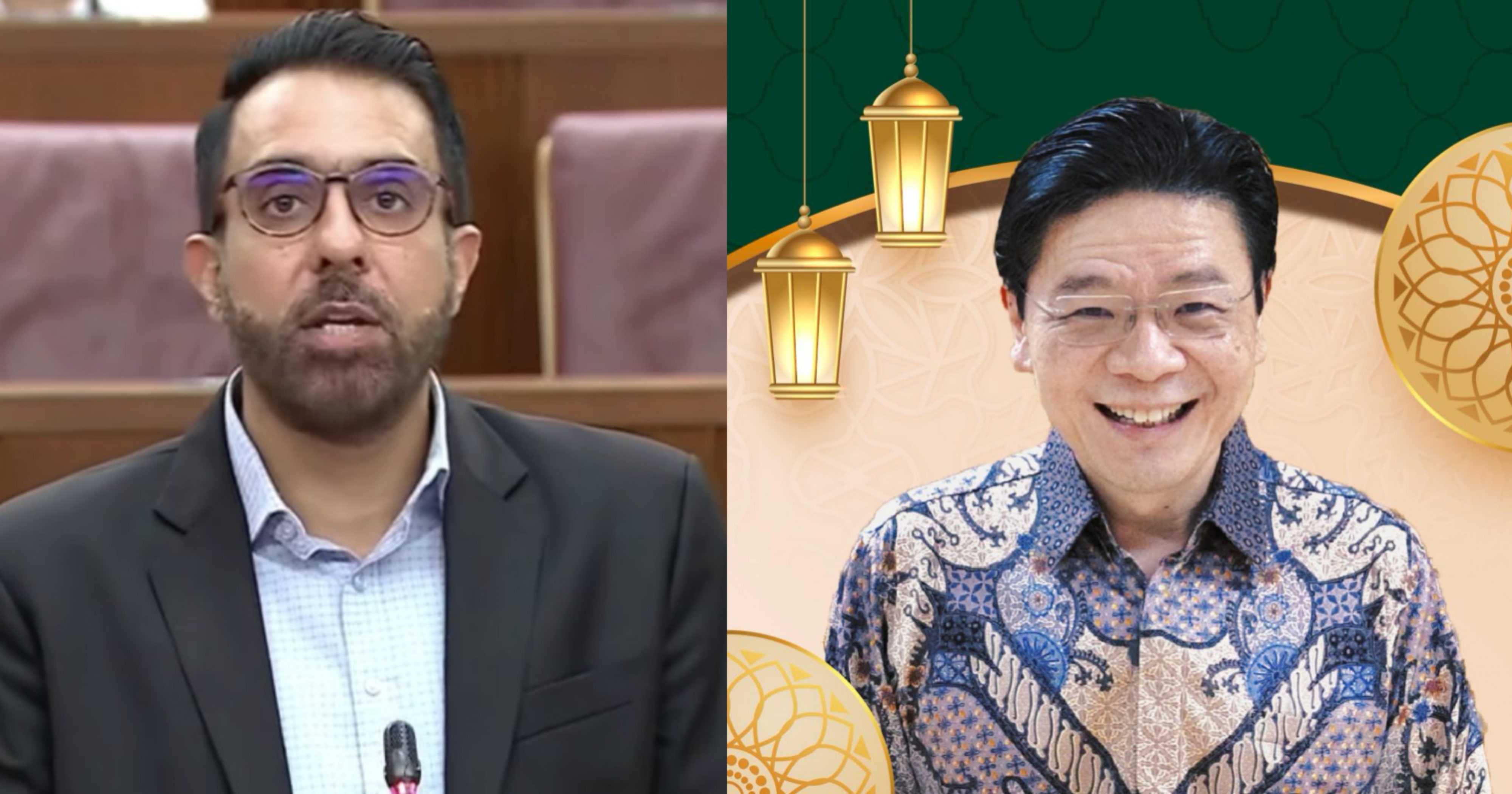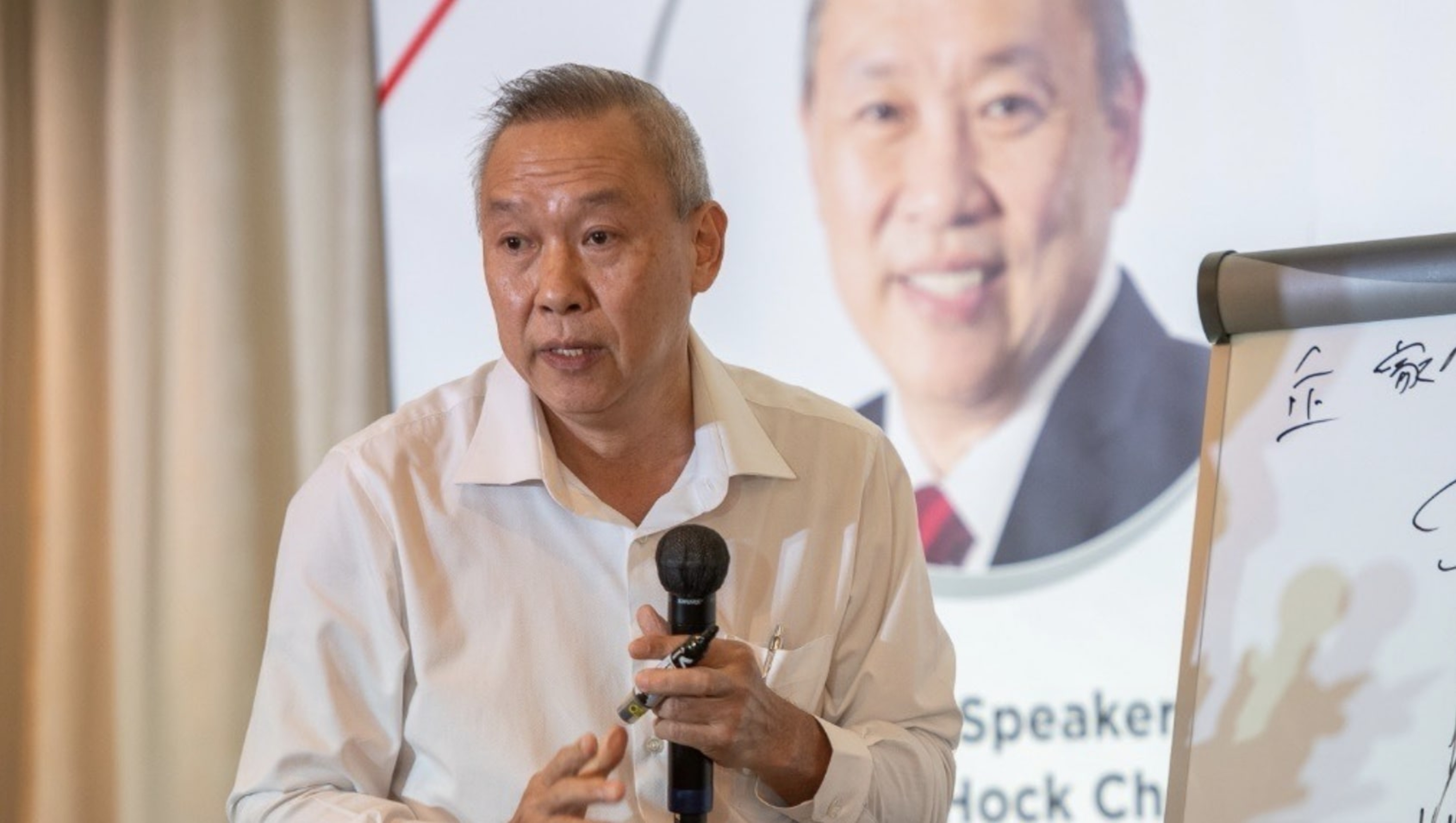
Photo: AFP
PM Lee: ‘New towns, industries are being built, now what Singapore needs are new people’
Speaking at a recent NUS dialogue, Prime Minister Lee Hsien Loong said: “We have so many plans for Singapore, in terms of new industries, new businesses, new schools, new opportunities, new towns to live in, new parks — a new society to be built for the next generation. And what we need are new people — our children.”
The head of government was essentially saying that while there are plans to prepare Singapore for the next generation, the country needs birth rates to rise to boost the population.
PM Lee said that the population may start to decline if birth rates do not improve within the next five years. Mr Lee said that there are a number of issues impeding a rise in the birth rate in Singapore.
One issue is that a third of young Singaporeans do not marry quickly and wait until after they are in their mid-30s while another issue is that better educated mothers in Singapore wish to have careers. PM Lee added:
“And if they are working, they have to assess the impact on their careers and whether they can manage their children while at work at the same time. Many mothers do, but some feel that this — I can well understand — is not easy to achieve.”
PM Lee said that the Government is trying to ease this problem through flexible work arrangements and providing access to childcare, quality schools, affordable housing and employment opportunities.
Each year, about 35,000 Singaporeans are born and 35,000 foreigners become new permanent residents – 20,000 of these permanent residents become citizens.
Interestingly, the recently-released Population in Brief 2019 report not only showed that Singapore’s population has grown to 5.7 million but also showed that the number of new citizens and new permanent residents have been increasing since the historic 2011 General Election (GE) after a dip prior to the election.
The 2011 GE is considered a watershed election in Singapore since the People’s Action Party (PAP) suffered its worst result in that election since Singapore achieved independence in 1965.
The 2011 GE had the highest proportion of contested seats since independence, ensuring that the PAP did not automatically return to power via walkover on nomination day, and even saw the dominant ruling party lose a Group Representation Constituency (GRC) for the first time in Singapore’s history.
The PAP managed to gain 60.14 per cent of the vote in that election and saw a 6.46% swing to the opposition.
Official statistics released by the Population in Brief 2019 report show that in 2010 – the year just before the 2011 GE – the total number of Singapore citizenships and Singapore permanent residencies that were granted dipped to 18,758 and 29,265 respectively.
In 2011, the total number of Singapore citizenships and Singapore permanent residencies that were granted dipped further to 15,777 and 27,521 respectively.
From 2011 onwards, however, the number of new Singapore citizens and new permanent residents has risen. The number of Singapore citizenships that were granted in 2012 – the year right after the 2011 GE – was 20,693. This number exceeds the number of citizenships that were granted in each year since 2008.
The number of new citizens dipped slightly in 2013 and 2014 – two years before the 2015 GE – to 20,572 and 20,348 respectively before going back up to 20,815 in 2015. The number of citizenships granted in 2016, 2017 and 2018 have been above 22,000 per year.
The number of permanent residencies that were granted went from 27,521 in 2011 to 29,891 in 2012. This number also dipped slightly in 2013 and 2014 – the two years preceding the 2015 GE – and came in at 29,869 and 29,854 respectively before going up to 29,955 in 2016.
The number of new permanent residencies granted in 2017 and 2018 have been above 31,000 per year. Read the Population in Brief 2019 report in full HERE. /TISG

New citizens and new permanent residents on the rise since watershed 2011 GE




